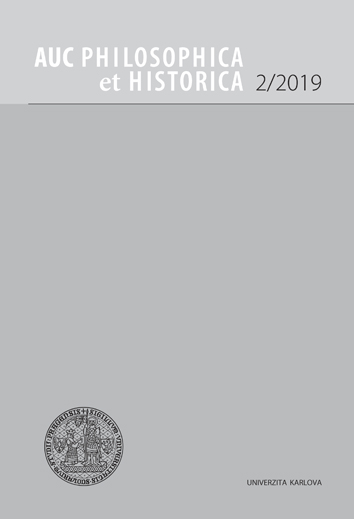Umění jako bdělý sen. Kritika revidované definice umění Arthura C. Danta
Art as a Wakeful Dream. Criticism of Arthur C. Danto‘s Revisited Definition of Art
Author(s): Šárka LojdováSubject(s): Visual Arts
Published by: Univerzita Karlova v Praze, Nakladatelství Karolinum
Keywords: art definition; Arthur Danto; embodied meanings; Diarmuid Costello; wakeful dreams
Summary/Abstract: Arthur C. Danto is considered one of the most influential analytical philosophers of art of 20th century. He introduced the notion “artworld” into the art-historical and philosophical vocabulary and he was one of the first analytical philosophers who payed attention to art of Modernism. Danto was interested in a question of art definition and offered a solution based on the principle of indiscernibles. However this solution seemed not to be a plausible one in the course of time and Danto himself decided to reconsider his definition. In the first part of this article, I concern with a characterization of art as “embodied meanings”, i.e. with Danto’s first version of definition held until his last book What Art Is was published in 2013. In the second part, I focus on criticism of Danto’s cognitivism in the article “Whatever happened to ‘embodiment’? The eclipse of materiality in Danto’s ontology of art” by Diarmuid Costello. Costello argues that Danto’s notion of interpretation is not sufficient for our treating artworks as artworks and that it was Danto’s insufficient attention to interaction of a meaning of an artwork and its embodiment which is responsible for this mistake. In the last section of this paper, I shall compare Costello’s strictures on Danto’s art definition with Danto’s revisited version introduced in What Art Is. My aim is to answer the question whether this version of definition is more resistant to Costello’s criticism or not.
Journal: Acta Universitatis Carolinae Philosophica et Historica
- Issue Year: XXV/2019
- Issue No: 2
- Page Range: 229-235
- Page Count: 7
- Language: Czech

